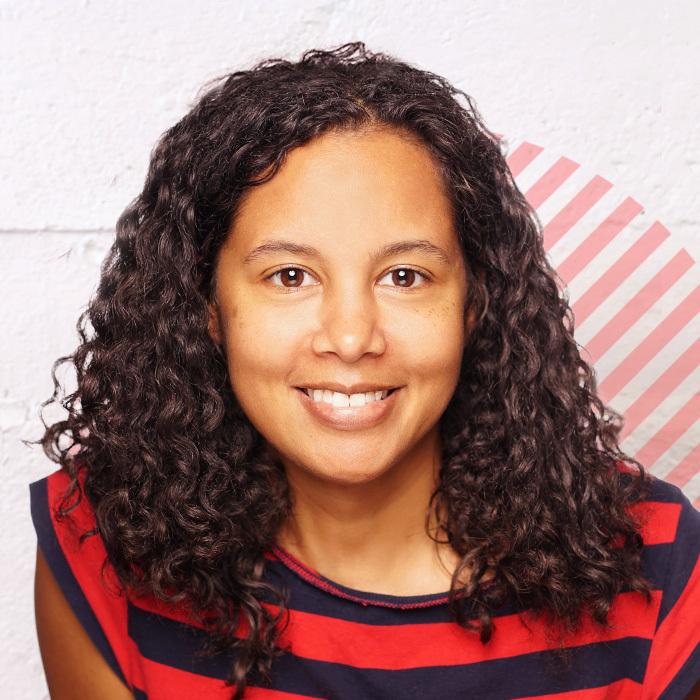Fostering Religious Inclusion During the Holidays
A few weeks ago, my best friend asked me what I was doing for the high holidays, as we often attend services together. Having completely lost track of the date (“It’s almost fall?!”), I hadn’t thought to check when Rosh Hashanah or Yom Kippur were this year, so I did a quick internet search to find out. Imagine my surprise when I realized that they were not only quickly approaching, but that I had also approved a work event on Yom Kippur.
The high holidays — also known as the high holy days — are among the holiest days of the Jewish year. Rosh Hashanah, which literally translates to “Head of the Year,” is the Jewish new year: it began at sunset last night (September 25). The two-day period of celebration and festivities is marked by special religious services, the blowing of the shofar (or ram’s horn), and eating foods such as apples and honey to express hope for a sweet year ahead.
Ten days after Rosh Hashanah is Yom Kippur, or the Day of Atonement. Yom Kippur starts with Kol Nidre (“All Vows”) at sunset, this year on October 4. Yom Kippur is a day of reflection and repentance and is marked by 24 hours of complete fasting — no food, no water — for many Jews. These two holidays kick off the fall festival period, which is celebrated to various degrees depending on geography, religiosity, and other factors, making this a very special time in Judaism. Jewish holidays follow the Jewish calendar, which means they don’t fall on the same days year to year on the Gregorian calendar. That is why, even though I am Jewish, they catch me by surprise each year. This year, it also meant that I failed to notice the scheduled work event until a couple weeks before the holiday.
I was lucky. At a place like Paradigm, I felt completely safe to flag that we had scheduled over Yom Kippur. Without having to ask for it, our People Team immediately moved the event to a different date, so that I — and other observing Jewish folks — wouldn’t have to choose between work and a religious/personal obligation. Not everyone feels so lucky or safe.
With that in mind, I’d like to share some tips for how your organization can incorporate religious inclusion and create a safe space for your employees and colleagues from non-dominant religions. Ideally, the burden shouldn’t fall on them to ask — instead:
- Make sure to mark all important holidays on your shared, company-wide planning calendar. Did you know Ramadan lasts for a month and prohibits all food and drink from sunrise to sunset? How about that Diwali is celebrated for five days and is a major Hindu holiday inside and outside of India? Download and cross reference Paradigm’s DEI calendar to make sure you aren’t planning any important/required work events that undermine inclusion for people who observe non-dominant holidays.
- Do a little research to understand what holidays are major and whether they are celebratory, somber, religious, tradition-based, etc. Remember that these won’t always correlate to the important Christian dates — for example, Chanukah falls around Christmas but isn’t one of the most important holidays for Jewish people.
- If you’re able, allow for flexibility for when people take their religious holidays. If you have a company-wide holiday for Good Friday, consider allowing folks to work that day so they can take off another day of religious importance to them.
- Understand that all Jewish holidays start at sunset. During the shortest days of the year, this may mean that observant Jews need to leave early on Fridays for Shabbat, which prohibits any work from happening.
- Don’t assume you know what holidays someone does or doesn’t celebrate. While I understand that someone means well when they wish me a “Merry Christmas,” it’s a little awkward for me because that’s not a holiday I celebrate. Use generic phrases if you don’t know if someone celebrates a specific holiday. “Have a great day!” is always safe.
- Learn the correct thing to say for different holidays. For Rosh Hashanah, one might say, “Happy New Year!,” “Shana Tovah,” or “Have a sweet new year!” For Yom Kippur, “May you have an easy fast,” or “May you be inscribed in the Book of Life” is more appropriate.
- Respectfully join in! If you have affinity or employee resource groups, make sure to join them in any festivities you are invited to. You might learn something about another culture or religion, and you will certainly be fostering a sense of belonging for non-dominant groups.
Of course, religious inclusion isn’t only about holidays — what else might you do to encourage religious belonging for non-dominant groups at your organization? Connect with me on LinkedIn, and let me know!
September 26, 2022

 Our website uses cookies to distinguish you from other users of our website. This helps us to provide you with a good experience when you browse our website and also allows us to
improve our site. By continuing to browse our website, you’re agreeing to our use of cookies. For more information, please read our
Our website uses cookies to distinguish you from other users of our website. This helps us to provide you with a good experience when you browse our website and also allows us to
improve our site. By continuing to browse our website, you’re agreeing to our use of cookies. For more information, please read our
